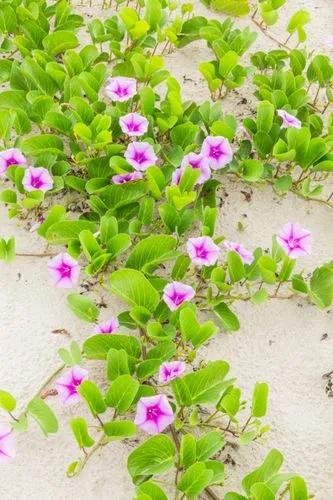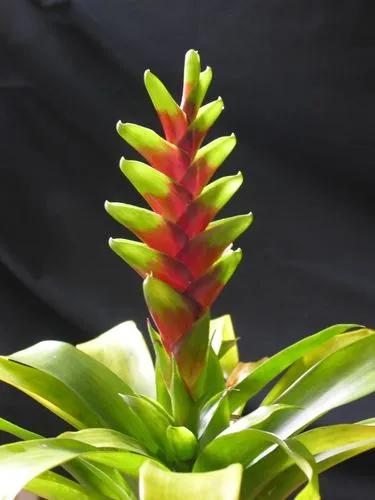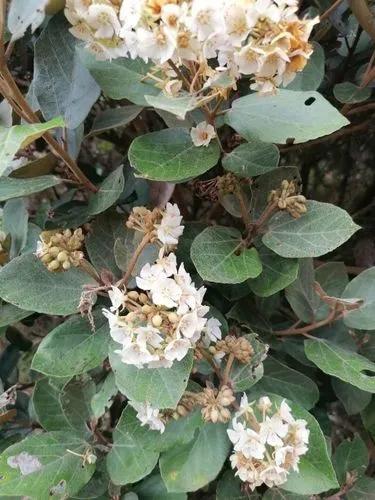Dianthus plumarius is a compact evergreen perennial reaching on average 30–60 centimetres (12–24 in) in height. The stem is green, erect, glabrous and branched on the top. They have five pink petals (hence the common name), 10–15 millimetres (0.39–0.59 in) long, with fringed margins.
Dianthus Plumarius Care
Dianthus Plumarius



How to Care for the Plant

Water

That's why they should only be watered moderately and not until the soil is almost completely dry. You can easily test that by pressing your thumb into the flower soil. If you can't push it deeper than two centimetres, you can water the flower.

Pruning

Remove up to half the plant's height with clean shears to force the plant to produce bushy growth and more flower buds. Trim or pinch back overgrown and leggy stems at any time during the summer growing season to maintain the shape of the plant. Make the cuts near a leaf bud on the stem to encourage branching.

Fertilizer

Instructions on how to care for dianthus are very straightforward. Water the plants when dry and apply fertilizer every six to eight weeks. You may also work a slow-release fertilizer into the soil at planting, which will release you from the need to feed the plants.

Sunlight

Full sun (6 or more hours of direct sunlight a day)

Soil

They bloom from May through August. The plants need sun and well-drained, neutral to slightly alkaline soil. Although not truly drought tolerant, they are tolerant of dry soil and prefer to dry between waterings. They do not tolerate wet, poorly drained soils, which can lead to disease.

Temperature

These plants can tolerate a light frost but don't like a deep freeze. It is possible for some hardier plants to survive outdoors in the winter. Try a frost blanket if temperatures remain below 40 degrees Fahrenheit. The flowers can also go dormant in consistently hot summer temperatures above 85 degrees Fahrenheit.

Container

Dianthus flowers are perfect for plant containers and will bring a splash of color to any urban balcony garden.

Additional

While the flowers of the Dianthus flowers are bright and lovely, it is a rather toxic plant if ingested. Both dogs and human beings suffer gastrointestinal upsets, skin irritations, and diarrhea when they swallow the flower. Dianthus plumarius is a compact evergreen perennial reaching on average 30–60 centimetres (12–24 in) in height. The stem is green, erect, glabrous and branched on the top. The leaves are opposite, simple, linear and sessile, more or less erect and flexuous, with a sheath embracing the stem.

Popularity

442 people already have this plant 59 people have added this plant to their wishlists
Discover more plants with the list below
Popular articles






